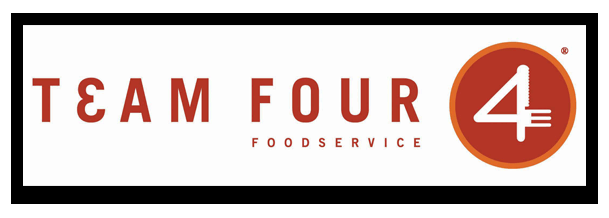 In the social media age, businesses have opportunities to build their brand personality in multiple directions. When restaurants and other foodservice businesses can do this, their brands can become much more than the food and drink they serve. Further, they can increase their market share and public exposure at a time when competition is tighter than ever. Consider how large brands have managed this successfully (and surprisingly) in recent months – there may be lessons there for far businesses of all sizes. For example, a Nation’s Restaurant News report mentioned efforts by brands including Taco Bell, Chick-fil-A and, notably, Starbucks, to launch consumer packaged goods. Starbucks, for one, collaborated with Stanley on a “winter pink” 40-ounce insulated tumbler to help promote the brand’s winter menu. The tumblers, priced at $49.95 and sold at Target in numbers limited to just a few dozen per store, motivated consumers to line up at Target stores in the early-morning hours of January 3rd. (Those who weren’t lucky enough to snag at tumbler from Target have since taken to eBay, where the cups are reselling for $350.) The mania over a tumbler may sound ludicrous, but consider it an inspiration for how you might expand the reach of your brand with the right partnerships and online promotion – particularly if you’re trying to strengthen your connection to the TikTok generation. Even if you’re running a small regional business, what complementary businesses might help you build your brand through new collaborations and promotions?
0 Comments
Now is the time to get your message out and let your customers know that you are there to serve them. Many will be concerned about their safety, you will want to make sure you highlight your safety and cleaning procedures. If you have gotten any certifications make sure you let your customers know.
Email blasts - use your email list and inform your customers that you are open, what your hours are, introduce your menu, highlight your sanitation plan. Signage - clearly sign curbside pick up areas, store hours |
More Marketing ArticlesFinding the line on guest spendingGet your message outSocial mediaCategories
All
Archives |
Foodservice CEO is provided for informational purposes only. It is intended to offer foodservice operators’ guidance regarding best practices in running their operations. Adherence to any recommendations included in this Guidance will not ensure a successful operation in every situation. Furthermore, the recommendations contained in this website should not be interpreted as setting a standard of operation or be deemed inclusive of all methods of operating nor exclusive of other methods of operating.
Copyright 2023 Team Four Foodservice, All Rights Reserved.





 RSS Feed
RSS Feed